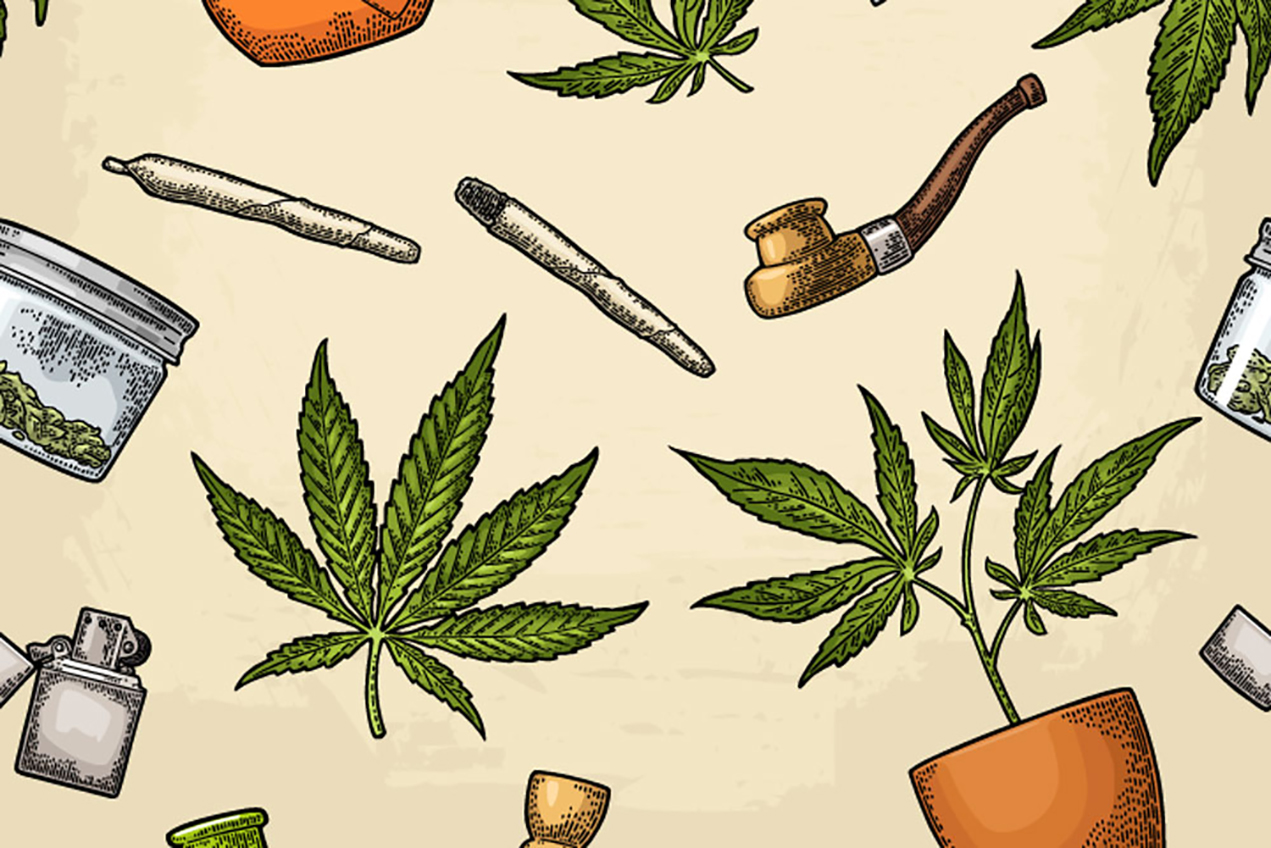Of all the ways adolescents experiment with cannabis, “dabbing” cannabis concentrate is the method most likely to lead to ongoing and increasingly frequent use, new USC research shows.
The study appeared Jan. 24 in JAMA Network Open.
The findings could help direct cannabis control efforts and guide public education campaigns, said researcher Jessica Barrington-Trimis, PhD, an assistant professor of preventive medicine at the Keck School of Medicine of USC.
“We really wanted to understand whether the type of cannabis that youth experiment with influences the likelihood that they will continue to use cannabis and use more heavily,” Barrington-Trimis said. “When we started this research, we were especially interested in the role of cannabis concentrates, which generally contain very high levels of THC,” the psychoactive component in cannabis.
To investigate, Barrington-Trimis and her colleagues surveyed 2,685 Southern California adolescents with no history of heavy cannabis use. They asked 11th graders in spring 2016 about their use of five categories of cannabis products:
- Combustible cannabis (“pot,” “weed,” “hash,” “reefer”).
- Blunts (cannabis rolled in tobacco leaf or cigar casing).
- Vaporized cannabis or hash oil via electronic vaping device (liquid pot, weed pen).
- Cannabis or THC food or drinks (pot brownies, edibles).
- Cannabis concentrate (“dabbing” using wax, shatter, butane hash oil).
The researchers conducted six- and 12-month follow-up surveys in fall 2016 and spring 2017, when the students were in 12th grade.
The total number of high schoolers who were dabbing was low, but Barrington-Trimis found at the follow-ups that those using cannabis concentrates had nearly six times the likelihood of continuing to use concentrates, and had used concentrates on an average of nine more days in the past 30 days, compared to those not using concentrates and after accounting for participants’ use of multiple cannabis products.
Dabbing teens versus kids who smoke cannabis
Combustible cannabis users were greater in number and also had about six times greater likelihood of continuing to use combustible cannabis, but used less frequently — about three more days per month — relative to those who were not using combustible cannabis.
Dabbing cannabis concentrate isn’t as discreet as a weed pen or as easily accessible as a rolled joint. It requires special equipment to heat the concentrate until it produces vapor. However, it delivers THC levels two to four times higher than that found in traditional cannabis products, often reaching concentrations greater than 80% THC.
“It’s early exposure to the dose of THC used in adolescence that may be likely to drive continued use and increases in the frequency of use,” Barrington-Trimis said. “If someone picks up a vaporizer with a low level of THC, they may not be likely to keep using it. But with concentrates, the high level of THC may increase the likelihood that they continue to use and use more frequently.”
In addition to Barrington-Trimis, the study’s other authors include Junhan Cho, MD, Jennifer Unger, PhD and Adam Leventhal, PhD, all faculty at the Keck School; Esthelle Ewusi-Boisvert, of USC; Deborah Hasin of Columbia University; and Richard Miech of University of Michigan.
— Leigh Hopper
The study was supported by grants K01DA042950 and R01DA033296 from the National Institute on Drug Abuse and grant 27-IR-0034 from the Tobacco-Related Disease Research Program.


